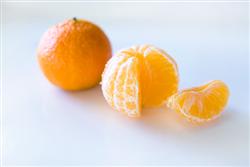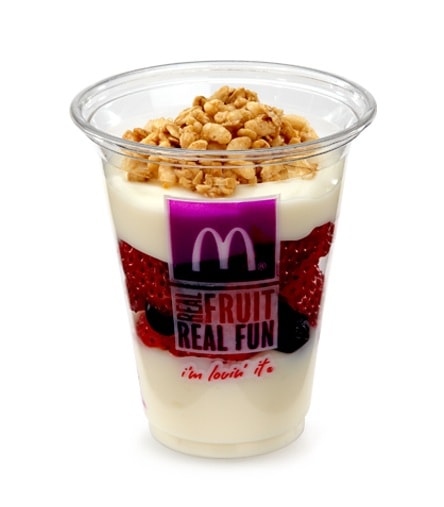Introducing Solid Foods
By Guest Blogger Julie Fritz
Being a new parent is such an exciting time. But it can also be overwhelming. Every day seems to bring a new milestone and you are constantly transitioning to the next thing. One of the things that new parents worry about in the first year is the transition to solid foods. There is a lot of different information and opinions on this topic. It can be all consuming to try to figure it out on your own, but there is no need to feel stressed. Here are some simple basics to get you started.
When to make the switch
The American Academy of Pediatrics recommends that you exclusively breastfeed your baby for the first six months. That being said, not everyone can or chooses to breastfeed and most babies are showing signs of being ready for solid foods between four to six months of age. Your baby must be able to sit up with support and hold their head steadily in an upright position. You also want to look for signs that your baby is interested in food. They may lean toward you during meal times and try to explore what you are doing when you eat. Pay attention to the signs and talk to your pediatrician to help make the right decision for your child.
What foods to start with
When getting started with solid foods, simple is best. Single ingredient fruits and veggies with no added sugar or salt. It is often recommended to start with less sweet tasting foods first. Everyone likes sweets, so it may be harder to introduce a savory flavor after your child already has a taste for sweets. Avocado is a great first food as it is easy to mash up and doesn’t have a sweet taste. Single grain cereals are also a popular place to start. Mix cereal, fruits and vegetables it with a little breast milk or formula to get it nice and thin. Your baby will have to learn to swallow thinker foods, so it is nice to let them try things mixed with liquid first. You can gradually decrease the amount of liquid over time. Give each new food three to five days before introducing something else and always give food after their normal bottle feeding.
What about allergies
There is always a possibility that you child will have an allergy. That is why is is helpful to go slow with introducing new foods. Give each food a few days before adding something new. That will give you peace of mind about being able to know if and when a food causes a problem.
Things to be cautious about
There are a few things you should not give. Cow’s milk and honey are not to be introduced until age one. You also need to be thoughtful about foods that may be a choking hazard. No large chunks of food, hot dogs, popcorn, nuts or seeds.
The most important part of this transition is trusting the resources that you already have faith in. Talk to your pediatrician, other parents you trust and access the books and websites you are already getting your parenting information from. This will help you make an informed decision on when to start and what to start with. Like all things in parenting, it is also important to trust your gut. You will always know what feels right for your child. Maybe you feel like your child is ready or maybe you want to wait a little longer. Trust yourself to make the right decision and allow it to build your confidence in your intuition. This will only be one of the many times in your child’s life where you will need your intuition to guide you.
For more blogs about babies, visit TMoM’s dedicated Babies Page HERE. To get notifications on local events and happenings, subscribe to our free weekly newsletters here.







